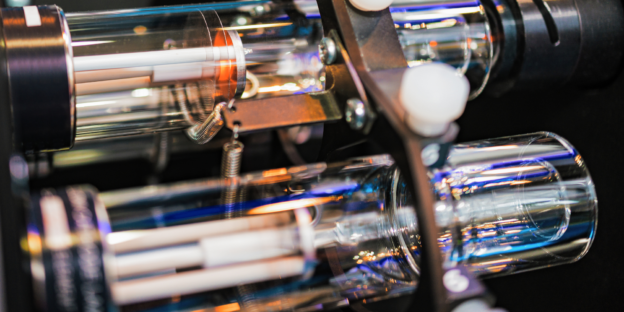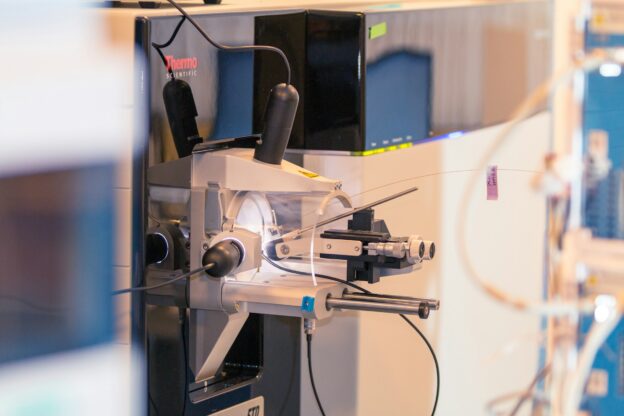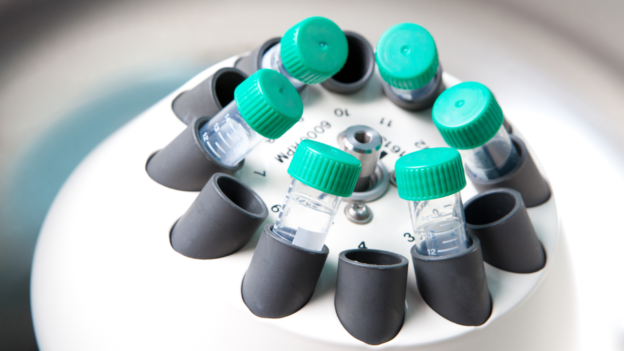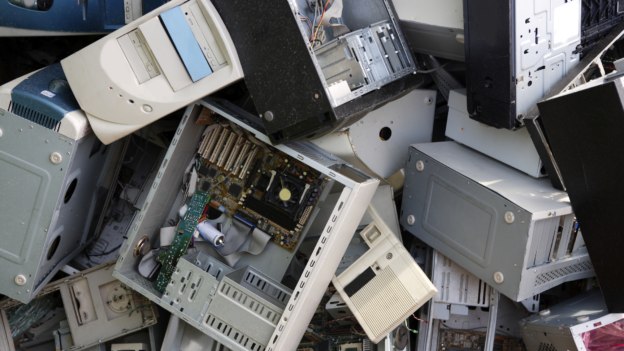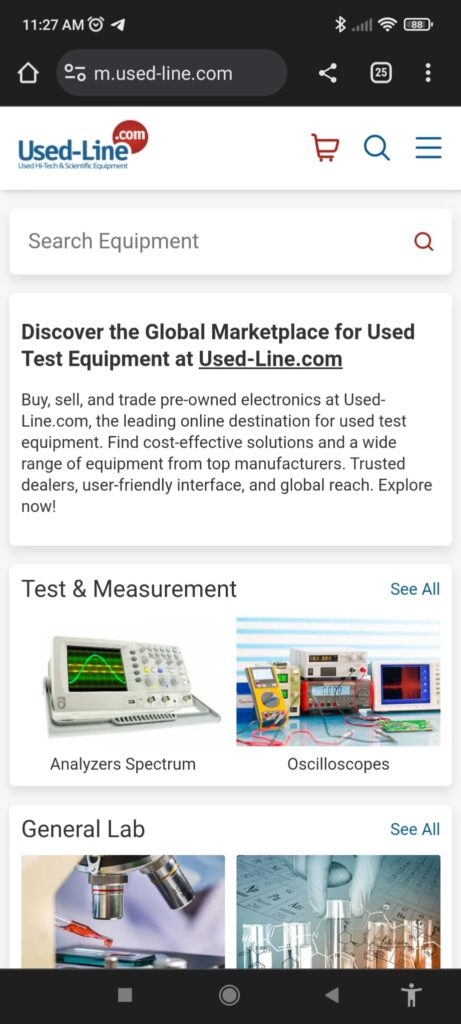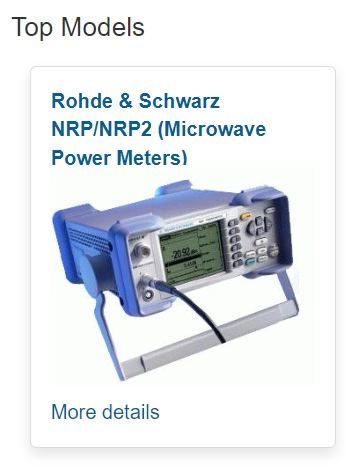The test equipment market is constantly advancing. How often do you read about innovations or equipment with improved functionality over its predecessors? Frequently, right? While the allure of the latest models can be tempting, savvy buyers know the numerous advantages of investing in used test equipment. Let’s explore why buying used can be a smart, forward-thinking decision in this fast-paced industry.
Exploring the Rapid Advancement of Technology
Like an obsolete iPhone that’s only four years old, new iterations of test equipment promise enhancements and improved features that create a continuous cycle of obsolescence for older models. However, this rapid advancement also means that high-quality, relatively new equipment quickly becomes available at significantly reduced prices.
While the latest models may offer cutting-edge features, let’s be honest: many of the improvements are incremental rather than revolutionary. Used test equipment from a few years ago often still meets the industry’s rigorous standards and provides reliable performance and advanced functionalities.
By opting for used test equipment, you can leverage the benefits of progress without the hefty price tag associated with shiny new items.
Financial Benefits of Used Test Equipment
One of the most compelling reasons to buy used test equipment is the potential for substantial cost savings. New test equipment can be prohibitively expensive, especially for small businesses or startups with limited budgets.
Used equipment, on the other hand, is typically available at a fraction of the cost, allowing you to stretch your budget further and allocate resources to other critical areas of your operations.
Environmental Benefits of Used Test Equipment
Moreover, buying used equipment is an environmentally responsible choice. The production of new test equipment consumes valuable resources and contributes to electronic waste. By purchasing used equipment, you extend the life cycle of these devices, reducing the demand for new products and minimizing your environmental footprint.
It’s a win-win situation for both your budget and the planet.
Quality and Reliability
It’s a misconception that used test equipment may lack the reliability and performance of new models. However, many reputable suppliers specialize in refurbishing and certifying used equipment. This offers peace of mind, ensuring that the equipment meets (or exceeds) industry standards. These suppliers conduct thorough inspections, repairs, and calibrations to guarantee that the equipment is in optimal working condition.
Additionally, many used test equipment models were originally built to withstand rigorous use and are known for their durability. When you purchase an established brand from a trusted source, you can have confidence in the quality and reliability of the equipment.
Just do your research and choose suppliers with a track record of delivering high-quality products.
Staying Updated with Industry Trends
While it’s important to have reliable test equipment, staying updated with industry trends doesn’t necessarily require buying the latest models. By strategically investing in used equipment, you can still access the features and functionalities needed for your applications.
Many used models include software updates and support, ensuring that you remain current with the latest industry standards.
Conclusion
In a fast-paced industry driven by technological advancements, buying used test equipment emerges as a smart, cost-effective, and environmentally responsible choice. The rapid turnover of technology ensures a steady supply of high-quality, used equipment that meets modern standards. By opting for used devices, you benefit from substantial cost savings, reliable performance, and the opportunity to reinvest in other critical areas of your business.
Embrace the future of test equipment by exploring the used market. Not only will you find reliable, feature-rich equipment at a fraction of the cost, but you’ll also contribute to a more sustainable and efficient industry. Make the smart investment today and discover the advantages of buying used test equipment in a fast-paced world.
Used-Line is the one-stop site for buyers and sellers of used test equipment on the web, connecting 1000s of equipment buyers and sellers.


